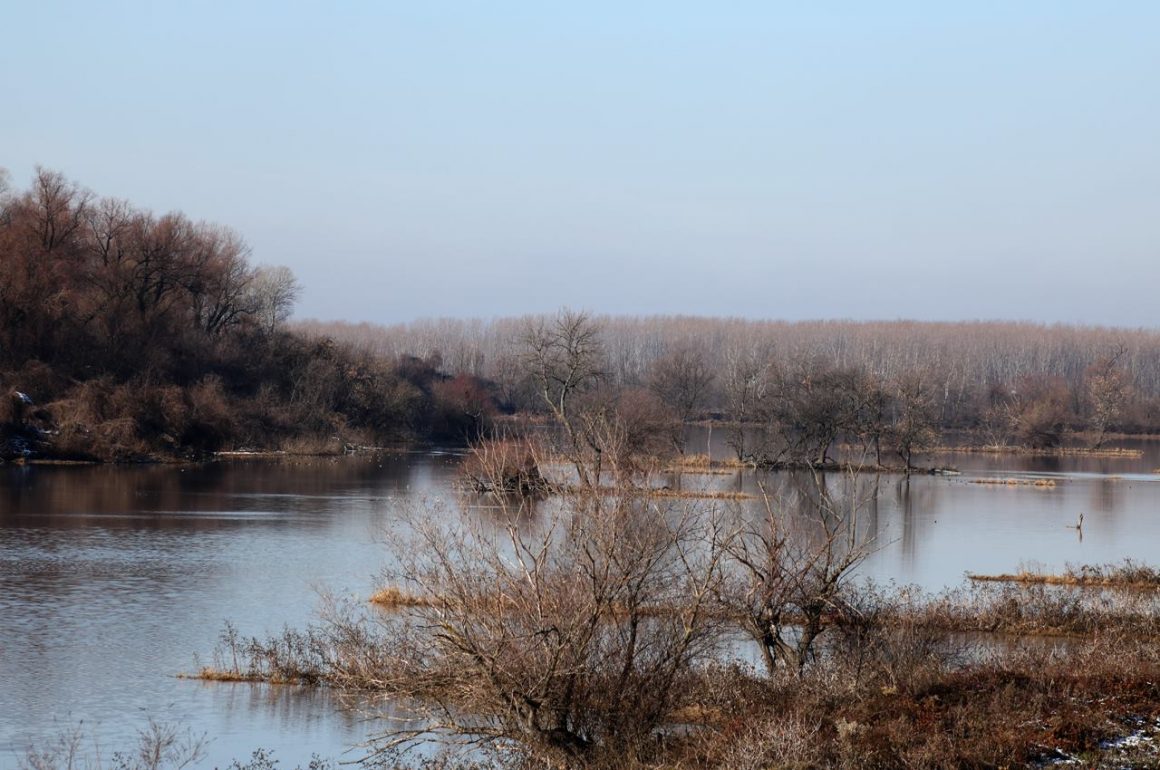
If you are old enough, you will remember birding without a phone? Not too long ago, it was the norm. Then I started to carry a phone just in case my car stopped or something. Later I carried it because of a stash of bird songs I compiled in it. And now I carry it for the same reason, only now they are a part of the bird ID app.
Yesterday, I carefully packed my scope and binoculars and left home, only to realise, still in a car park, that I had forgotten the bloody phone and my notebook. Okay for the second, I had another, smaller notebook in my rucksack, but the phone? Oh, who’d go back home now? Not me. Anyway, I don’t even have an app for the European birds at the moment, but for the Birds of Southern Africa. And I am in the southeast of Europe.
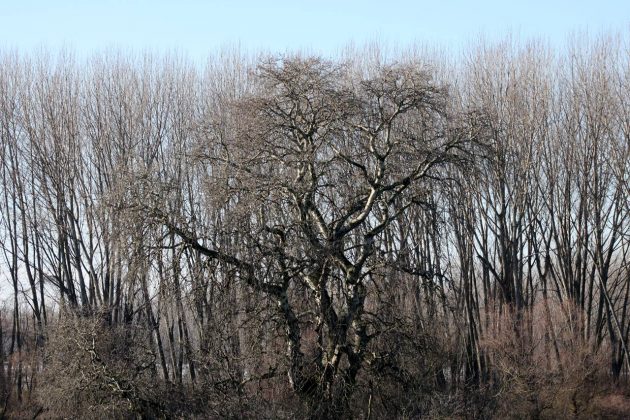
I went to my local patch, Beljarica, birding the levee encircling the 9 km2 / 3.5 mi2 of the Danube backwaters in Belgrade, Serbia. Leaving the phone behind, I gave up on any possibility of digiscoping. And you know how rain never falls when you carry an umbrella? It’s similar with birds: good birds never come if you have a way of documenting them.
It began with a Common Kestrel on its usual wire, plus several wintering Common Buzzards, followed by numerous Great White Egrets and Pygmy Cormorants. The weather was opposite of warm (some 7 C / 45 F), water levels were high (no shallows left for waders), it was an overcast day with no wind – for some reason I find such conditions tranquil and calming.
A Green Sandpiper calls, then flies close to where I am standing. A bulge in a tree fork behind, likely a broken branch… no, it’s a Black Woodpecker. They are quite frequent, but usually you see them in flight, or at a distance. This one was close and posing for long, allowing for great views.
A strange duck, let’s see… an eclipse male Red-crested Pochard! I have never seen it in overgrown ponds of the backwaters, only on the open water, and even that not too often. This was the last of the local ducks that I managed to find (it took me years of birding), and ever since I have seen it only once in every 2-3 years. A White-tailed Eagle is calling somewhere from the forest. Nearby are four very dark brown ducks… Tufted Duck females! It is unusual to find them here, as diving ducks, they tend to prefer overwintering in deeper, open waters.
A Common Stonechat is next… What is this insect-eater doing here in late November? Odd indeed, though I have found them even later, in mid-January. A female is hopping through half-metre to metre high herbaceous vegetation by the water’s edge, but the male was posing on top of it. And a strange male it was. It differed from the typical Stonechat S. rubicola to which I am accustomed, it was more the colour of dry grass, its cheeks and throat black but the cap visibly striped on a brown base (so it does not form a whole with face), white panels on the secondaries visible but small, the mantle striped but deviating in colour from the rubicola… Could it be..?
But, behind my Stonechat, there’s a black shape in the poplars on the other bank of the pond. Judging by Google Earth, some 250 m / 800 ft away, there’s a Greater Spotted Eagle, dark adult that appears like a black hole, like an object pulling and eating all the light, itself appearing as dark as can be. This is an uncommon species here – only about a dozen birds overwinter in the country annually. Out of my total of 15 observations ever, this is only the third within Serbia (the rest were half in India, the other half in Greece). However uncommon, it is a familiar sight, so I reach for a flask of apple brandy (calvados) for a celebratory swig.
Driving back in a thickening sunset, I spotted a small slaty-grey raptor in low flight, two feet above ground quickly disappearing from sight behind a pile of manure. My first thought was “Merlin”, but then I asked myself: Upon which criteria did you exclude the Eurasian Sparrowhawk? It was a split-second observation and I had no answer. Hence, it remains just a small raptor.
Once at home, I am going through the field guides. A Common Stonechat or was it the Eastern (Siberian) StonechatS. maurus? Well, this would be a fitting season for the second, then, this was the strangest Stonechat I ever saw (those birds in January already were in breeding plumage), and it’s either a 1st winter Common male or the Siberian Stonechat. And to make matters worse, “Collins Bird Guide” by Svensson et al. (published in the US as “Birds of Europe”), shows only a male in breeding plumage.
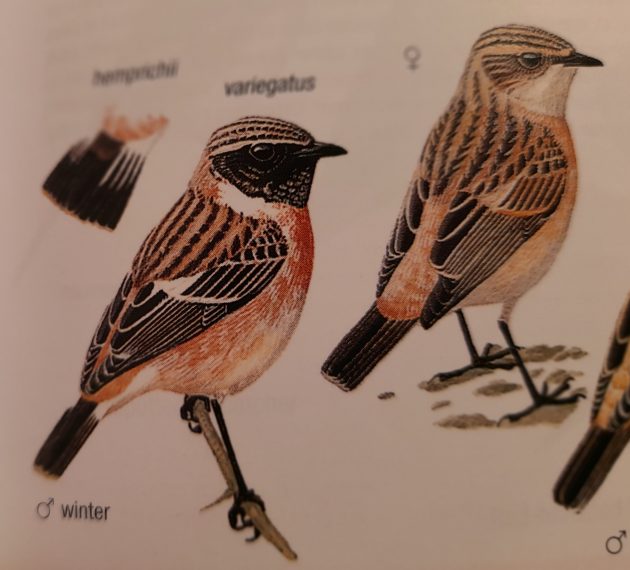
So I reached for the “Birds of Cyprus” by Richardson and Porter which shows the Siberian in winter plumage. Now, that fits the bird I saw, but soon I will realise another issue: in Serbia, this species was recorded only once! Yes, it is expected on migration, but to be accepted, a good quality photo-proof would be a necessity. And I forgot the phone – but I think my ID is correct. Yet, no one can comment on it nor confirm it. My mind is in an overdrive! What if I was wrong?
In the end, I believe it could have been be the Siberian Saxicola maurus, but I’ll stay with rubicola for two reasons: its collar wasn’t exceptionally broad and I haven’t seen the rump.
I don’t think I’ll forget the phone next time.
Photos by Zorana Nikodijevic




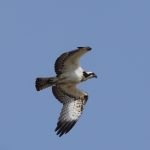
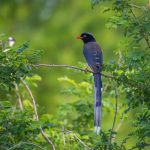

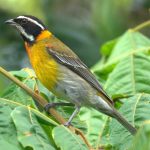
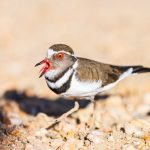
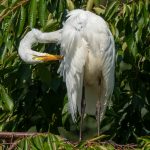
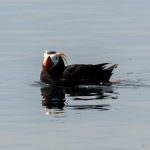
If I carry a ‘phone with me when birding I always turn it off. They always go off at the ‘wrong’ time, and are ‘frowned upon’ here in hides. As for photographs; there are things developed long before mobile ‘phones, called cameras. They are great for taking photographs.
Hahahahaha, I have a lousy camera and I do carry a scope most of the time, so camera becomes a dead weight while digiscoping becomes a higher quality option
From the “Only Dumb Question is the One Never Asked.” Novice Birder asks: When you are birding in an area that includes both an expansive body of water (bay, lake, ocean etc), but also some forested trails, how do you lug a spotting scope with tripod (for the water) while carrying binocs. (and a camera) to bird the trails? Is it either the water with the scope, or the trails with the binocs? Everyday I read checklists with both water birds and land birds (e.g. a Common Loon and a Yellow-rumped Warbler).
Having mobility issues and mostly birding by car, I am probably not the right person to give you a useful answer. Anyway, I keep most of my staff on the passenger seat but, again, birding by car, I do not bother with a tripod at all – I use (and recommend) a window clamp.
Great post about a great day of birding. Ahh the good old days of carrying a notebook instead of a phone. I usually have a mini tablet but turn my phone off.
In my early days, I’d pick 8x30s, a notebook and a beginners field guide, not larger than a shirt pocket (barely bigger than a pack of cigarettes, if anyone still remembers the size of it). Once I swam with all three, now, imagine doing the same with a phone?
Having been denied several “rarities” for lack of photographic evidence I “feel your pain”. I carry scope and binoculars (@JEFFREY KRAMER: little rucksack for the loose stuff, like guidebook, an apple and water, bins on a harness and tripod over your shoulder). I never bring a camera so I can’t complain about not “getting” the rarities. I find you are either photographing or birding, the latter requires my lateral and wide angle view. And I like birding more than photographing. I always, always have my phone with me (small business owner) so I use that for notes.
I would bring a camera too only when twitching, which in my case, may be once in a year or two, statistically totally insignificant. I am definitively birding. Photography may come as third or fourth or.., after the coffee. Recently, during Covid months, I developed a habit of taking a coffee with me, buying it in the nearby drive-in McDonalds (so I don’t have to walk into the establishment, nor meet other people).
BTW, a week after I found that Greater Spotted Eagle, there were 10 birders at the same levee in the same day, likely for the first time ever. The late comers were successful, but most (including me) weren’t, the eagle was busy hunting elsewhere.